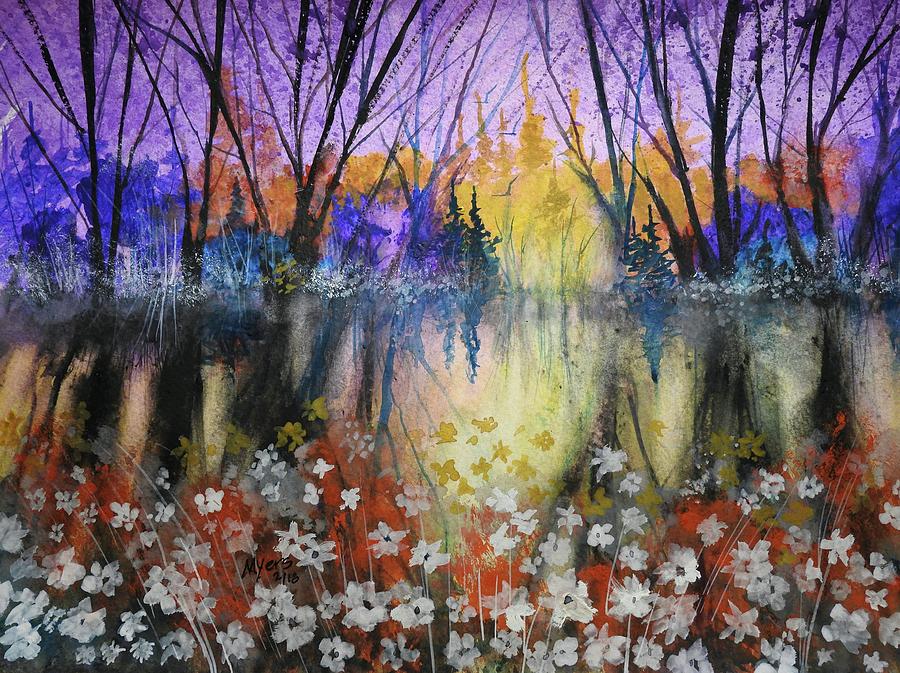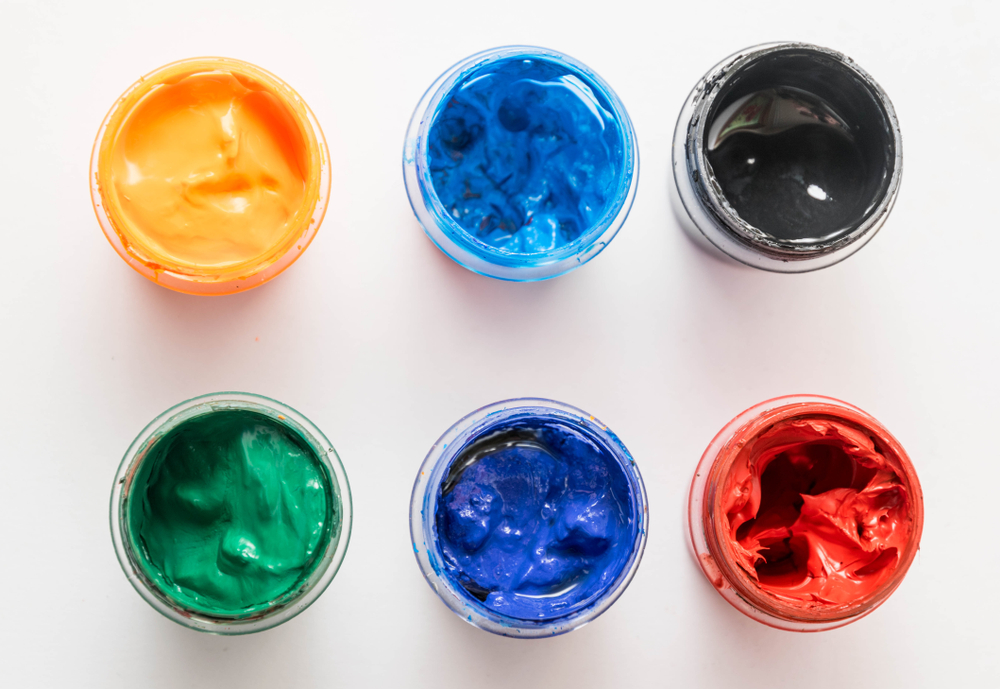

In the 15th century, Albrecht Durer relied on the matte finish of early gouache to give his paintings a soft glow, and in the 18th century, François Boucher used the paint to capture the pastel colors of his famous “The Birth and Triumph of Venus” (2).īy the 19th century, gouache began to be produced industrially and its transportable qualities proved popular with landscape artists, particularly the “en plein air” French school of impressionists who painted canvases outdoors. In ancient Egypt, colorful pigments were bound together with honey and other binders to create an early form of gouache, and by the middle ages, Persian artists were using a rudimentary form of gouache to decorate their famously beautiful Persian Miniature paintings (1). While the term “gouache” wasn’t introduced until the 18th century, similarly opaque water-based mediums have been used by artists for thousands of years.
#Gouache paint how to#
Still confused about gouache pronunciation? Check out Leah Goren’s all-important How to Say Gouache tutorial here: Chalk is sometimes added to give the paint extra heft or body, and certain varieties add propylene glycol as well traditional gouache tends to become brittle when it dries, and the extra additive attracts water to help paint layers stay more flexible over the long term.įrench in origin, the word “gouache” is pronounced gwash like “squash,” and was inspired by the Italian “guazzo” technique that, while different, dried with similarly muddy, matte finish. Gouache paint is a mix of natural or synthetic pigments, water, and gum arabic (or in less expensive brands, yellow dextrin) that acts as a binding agent to hold the paint together. What is Gouache?įirst things first: What is gouache? And how on earth do you pronounce it? Image from Beyond Watercolor: Learn to Paint with Gouache with Leah Goren.

Want to learn more about how to use gouache? Read on, and you’ll learn everything you need to know about the history of this powerful medium, why you should start using its unique creative qualities to your artistic advantage, and the materials and techniques you need to get started.

What is the Difference Between Gouache and Watercolor?.


 0 kommentar(er)
0 kommentar(er)
